Home > Climate News >

National Land Trust Conference: September 6 – 9, 2023
Rally is where over 1,500 people who share your passion for conservation will re-energize and inspire you.
Join the Land Trust Alliance in Portland in September for a gathering packed with diverse topics to explore and great colleagues and friends to learn from and share with. Rally has all of the resources you want to take your conservation skills further. There’s no better way to invest in your future.
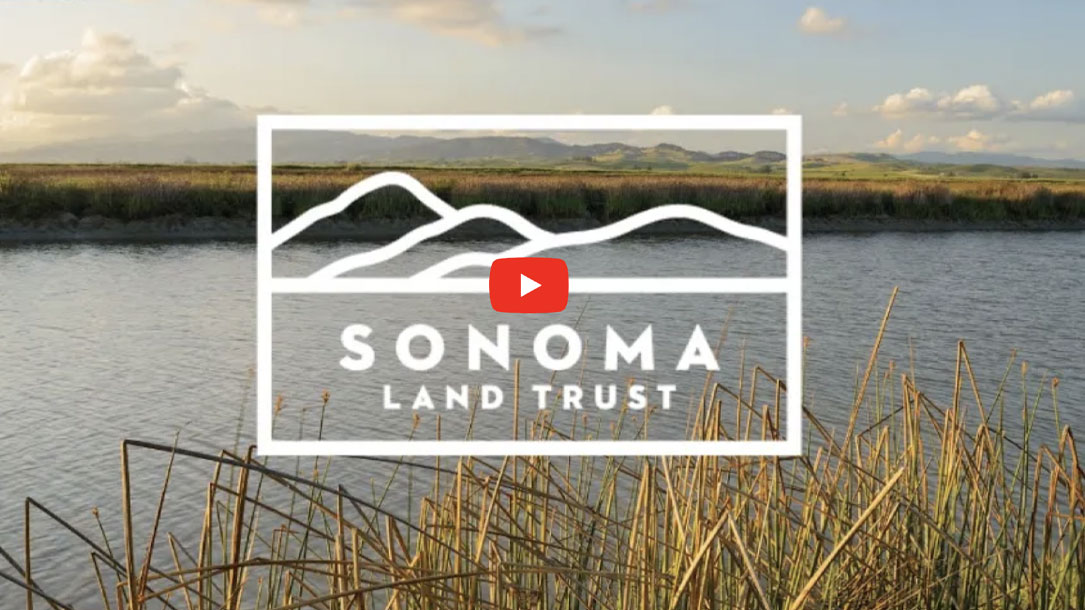
Video: Unpacking 30×30 for Sonoma County
The Land Trust is playing a key role in helping the state and nation achieve the 30×30 goal through purchase of land and stewardship of 17 nature preserves managed for biodiversity conservation, and most of their conservation easements which were originally identified for their unique biological value.
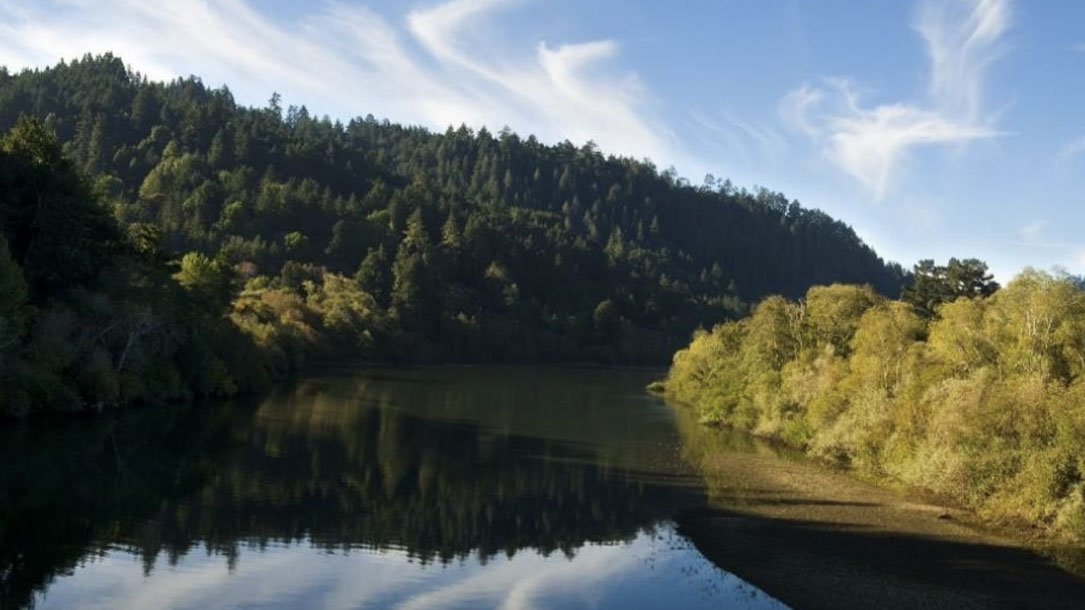
Sonoma Land Trust and 30×30
“California has joined over 72 countries, including the United States, in setting a goal of conserving 30% of our lands and coastal waters by 2030. Achieving this goal will allow California to protect biodiversity, expand equitable access to nature, and build resilience to climate change. Scientists warn that we must meet the 30×30 goal to avoid the worst impacts of a warming planet.
“From the San Pablo baylands, through the Marin Coast-Blue Ridge Critical Linkage, and into the Russian River watershed, Sonoma Land Trust has projects and programs focused on our most threatened species and habitat areas. Sonoma Land Trust is playing a key role in helping the state and the nation achieve the 30×30 goal through the purchase of land and stewardship of our 17 nature preserves managed for biodiversity conservation and most of our conservation easements which were originally identified for their unique biological value….”
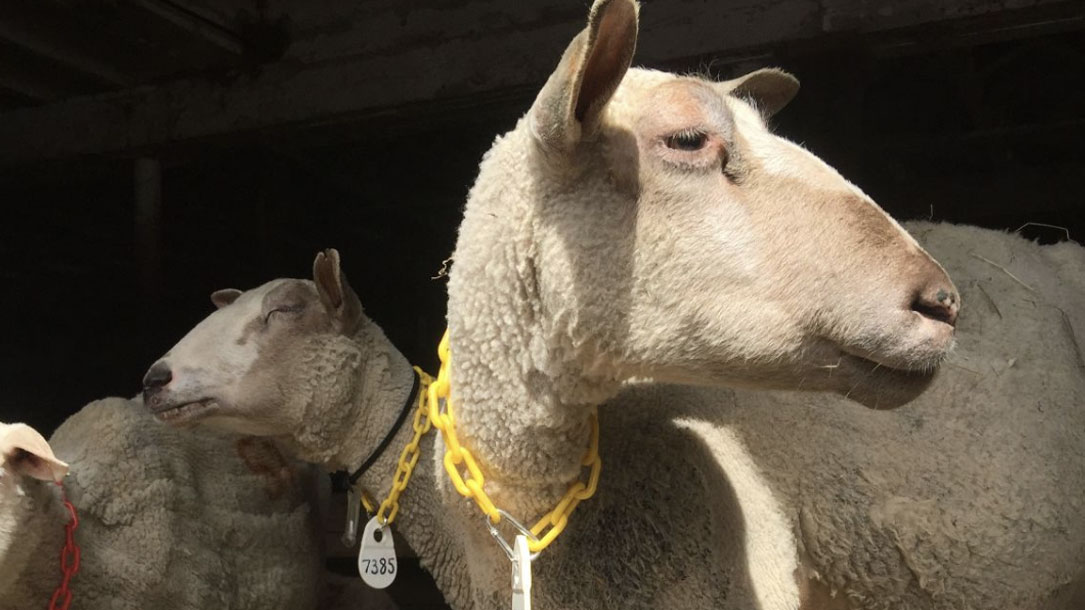
Douglas County sheep farm working to restore soil and build community, agrivoltaics
“Co-locating farming and clean energy production on agricultural land creates rural economic resiliency, provides land access for new and underserved farmers, and builds vital agricultural infrastructure. Unlocking these bottlenecks will create food security that allows small farmers to compete in a global extractive market while focusing on restorative farming practices that heal the land”…

Continental Wildways
Sustaining biodiversity requires a big-picture vision. Our projects are strategically positioned across Canada, the United States and Mexico to preserve nature at a continental scale.
Using the principles of conservation biology, our founders identified the core native wildlife habitat areas and the corridors that connect them. We call them Wildways. This innovative concept has fundamentally shaped conservation projects across North America.
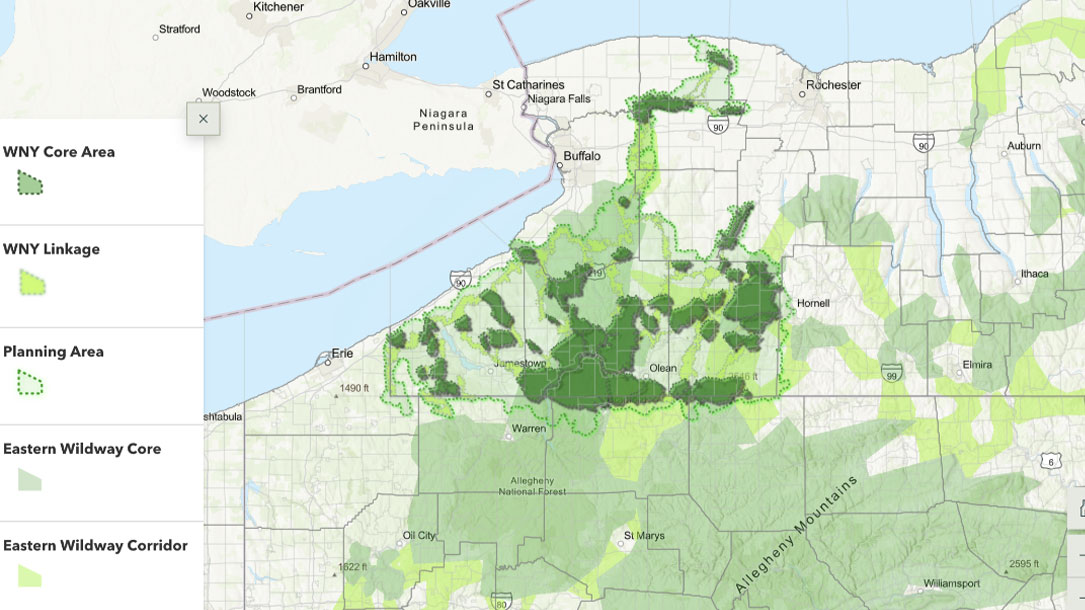
A bold initiative
The Western New York Land Conservancy is leading an effort to create the WNY Wildway, an ambitious long-term plan to protect and connect the largest of their region’s remaining forests. The Wildway will connect the vast forests of northern Pennsylvania to the Great lakes, through to the Finger Lakes, the Adirondacks, and beyond. It will form part of the Eastern Wildway which runs all the way from Canada to the Gulf of Mexico.
The Wildway will allow plants and animals to roam across the land as they once did, to move as climate changes, and to expand their ranges and ensure their survival. It will allow wildlife that have disappeared from their region to return home.
You can learn more, and perhaps draw inspiration for your own region, by viewing their “story map” which provides images as well as text to convey the challenges and solutions.

North American Grasslands Conservation Act brings restoration partnerships to the prairie
Last summer, Senators Ron Wyden of Oregon and Michael Bennet of Colorado introduced the North American Grasslands Conservation Act, which will provide resources to farmers, ranchers, and Tribes to voluntarily take steps to prevent the loss of grasslands and, when possible, restore them. Now, in the 118th Congress, lawmakers are considering additional updates to this bill and a bipartisan introduction in both the House and Senate is on the horizon.
This bill will create a voluntary, incentive-based grant program that focuses on partnering with private landowners — the stewards of their lands and waters — to conserve and restore grasslands across the country. The availability of grants is designed to be flexible, as the needs of one landowner to conserve grasslands will vary greatly across the nation: restoration of degraded grasslands, mitigating the threats of wildfire and drought, restoring watersheds, and improving the health of rangelands are among the many eligible activities for such grants…
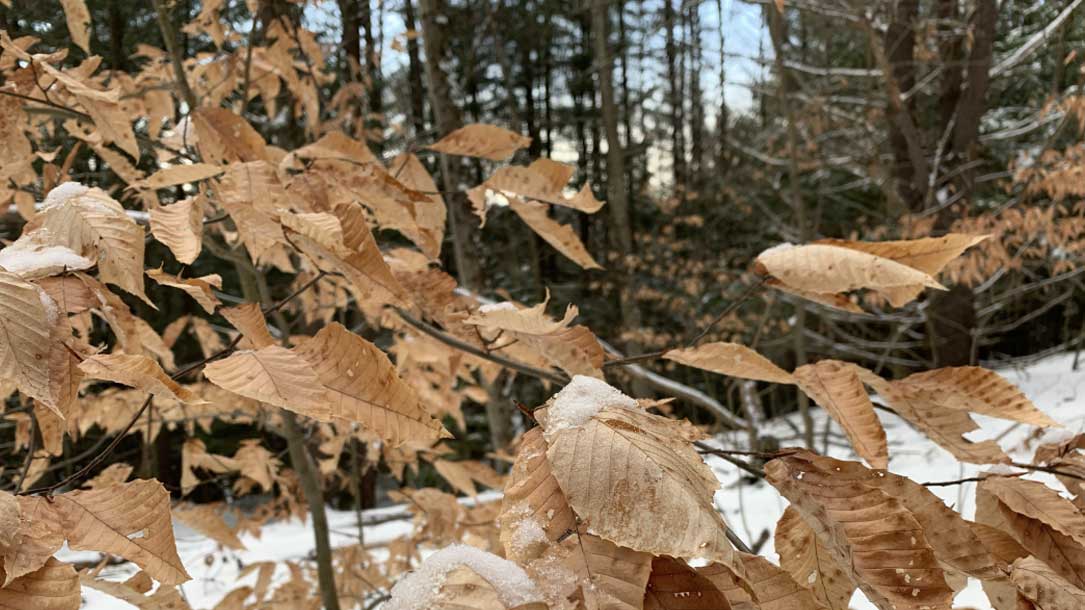
Report: New England forests can do more to combat climate change
“What this report shows is how with even moderate changes in land-use practices we can increase the amount of carbon sequestered and stored in our landscape. To me, as I watch us fail to meet nearly every emissions reduction target, the case for including New England forests in our policy discussions just gets stronger and stronger. These are things we can do today and they come with a range of other benefits that are good for all of society”…
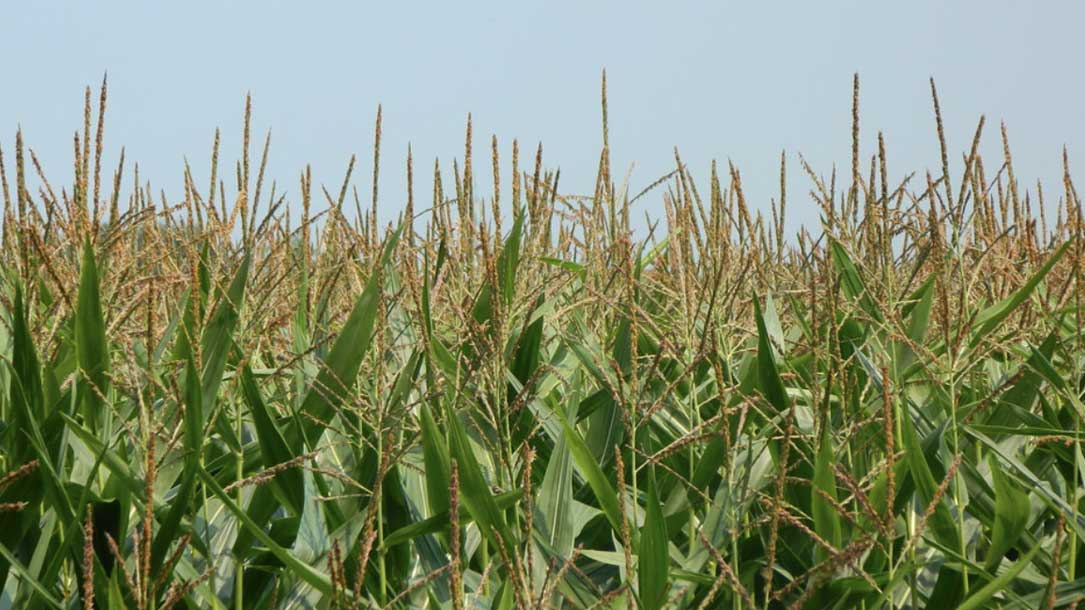
Climate change will put a drag on U.S. corn, soy, and wheat harvests by 2030
Maybe there is an opportunity to shift why we are growing corn and soybeans, and how they are grown. Perhaps agrivoltaics could help enhance soil health, provide farmers with a steady income, and reduce the stress that so many farm families face.
That would allow farmers to grow corn for food (rather than for ethanol), even in the face of climate change adding increasing stress to corn growers.
“Climate change is already making it harder to farm. The long-term solution to this isn’t more fertilizer. We have to start working with Mother Nature again,” said Seth Watkins, owner-operator of Pinhook Farm in southwest Iowa. “For my family and me, this includes growing a more diverse crop rotation, keeping soil covered with crops or cover crops year-round, and strategically restoring prairie to our fields to protect soil and water quality and provide wildlife habitat….”

Midwestern US has lost 57. 6 trillion metric tons of soil due to agricultural practices
A new study shows that, since Euro-American settlement approximately 160 years ago, agricultural fields in the midwestern U.S. have lost, on average, two millimeters of soil per year. This is nearly double the rate of erosion that the USDA considers sustainable. Furthermore, USDA estimates of erosion are between three and eight times lower than the figures reported in the study. Finally, the study’s authors conclude that plowing, rather than the work of wind and water, is the major culprit.












